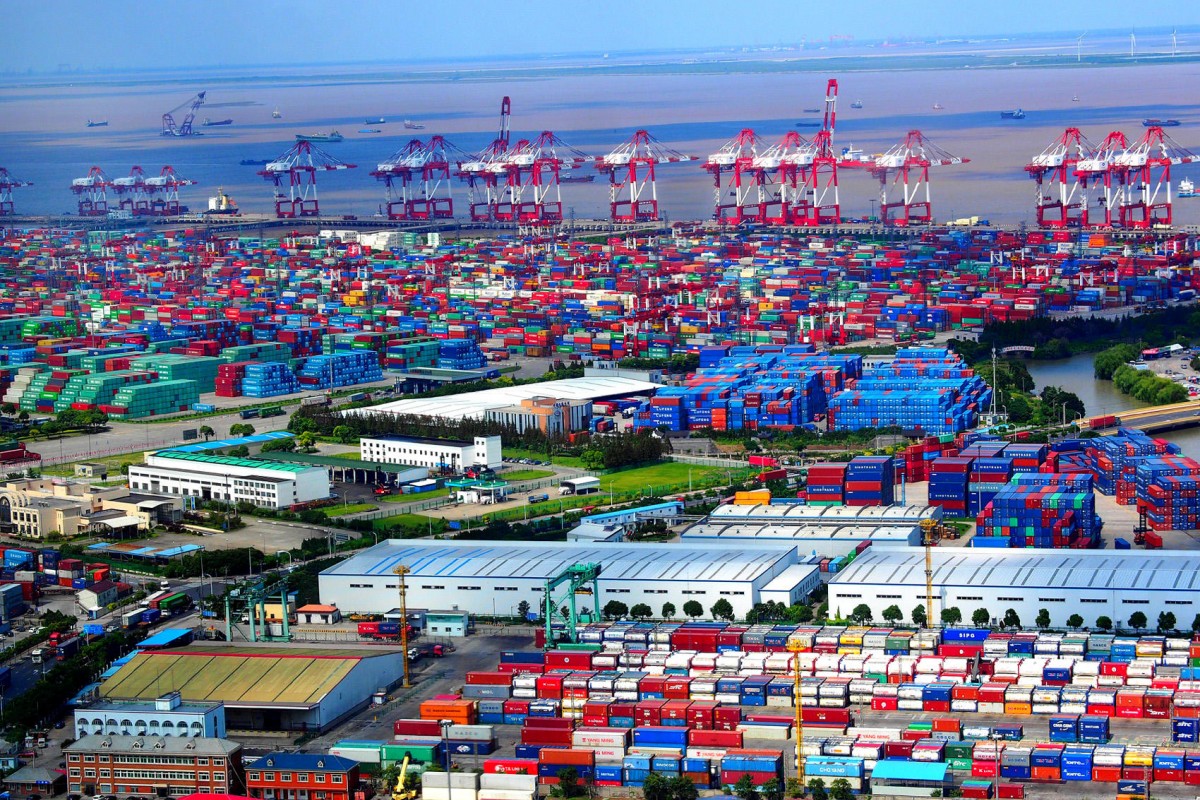While Washington and Beijing tighten the screws on each other in the form of tariffs, the world’s second-largest economy is broadening its economic ties with neighboring Russia.
Last week China opened a new free trade zone in the northeast province of Heilongjiang, which borders Russia, that is expected to boost interaction between the two neighboring countries.
“The new trade zone will contribute to the development of interaction with Russia and attract new foreign investments into the Heilongjiang province,” RIA Novosti quoted Zhang Qingwei, the secretary the communist party’s provincial wing, as saying during the opening ceremony on August 30.
Heilongjiang is one of six pilot free trade zones established in strategic border regions in August to help China improve trade ties with neighboring countries and transform the region into a major logistics hub within China’s Belt and Road Initiative. The expanded free trade zones are supposed to help ease economic pressure that intensified after the Trump administration imposed 15 percent tariffs on $112 billion worth of Chinese imported goods earlier in August.
The 119.9-square-kilometer Heilongjiang free trade area is divided into three parts: 80 square kilometers in Harbin, the capital city of Heilongjiang province; 20 square kilometers in China’s largest border city Heihe; and 20 square kilometers in Suifenhe.
Harbin will facilitate freer activities with Russia in high technology, the production of new materials, biomedicine, finance and tourism, while the Heihe area will focus on energy cooperation and the production of environmentally friendly products, as well as the development of border infrastructure. Suifenhe will be mainly engaged in the import of wood and grain.
Heilongjiang’s capital of Harbin will serve as the center for trade in the region between Russia and China, bilateral trade between the two countries will get an extra impetus towards their ambitious target of $200 billion by 2024.
A deepening of Russo-Chinese relations began when relations between Russia and the U.S. spiraled downward following the crisis in Ukraine in 2014 and only worsened with allegations of Russian meddling in the 2016 presidential election. China, for its part, is currently locked in a trade war with the U.S., which slows Beijing’s economic growth.
China is considered Russia’s biggest trade partner, as trade between the two countries totaled $100 billion in 2018 and continued that steady growth into 2019.







 The Mine Action Agency of Azerbaijan (ANAMA) reported on Thursday the discovery of a significant amount of explosives in the Khojavand district of ...
The Mine Action Agency of Azerbaijan (ANAMA) reported on Thursday the discovery of a significant amount of explosives in the Khojavand district of ...
 Azerbaijan officially unveiled the logo for the upcoming 29th session of the Conference of the Parties to the United Nations Framework Convention o...
Azerbaijan officially unveiled the logo for the upcoming 29th session of the Conference of the Parties to the United Nations Framework Convention o...
 The Kazakh authorities have increased their arbitration claims against international oil companies involved in the development of the Kashagan oil ...
The Kazakh authorities have increased their arbitration claims against international oil companies involved in the development of the Kashagan oil ...
 Iran’s Foreign Minister, Hossein Amir-Abdollahian, has labeled a foiled Israeli drone attack in certain parts of the country as a "failure" for Isr...
Iran’s Foreign Minister, Hossein Amir-Abdollahian, has labeled a foiled Israeli drone attack in certain parts of the country as a "failure" for Isr...



